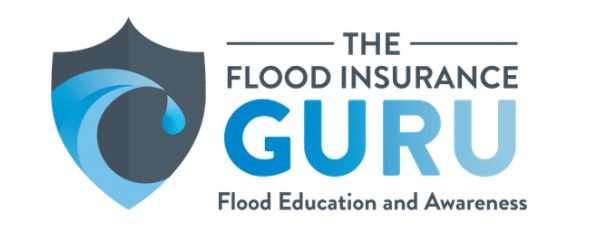Modernizing The National Flood Insurance Program (NFIP)
August 16th, 2022
8 min read
By Chris Greene
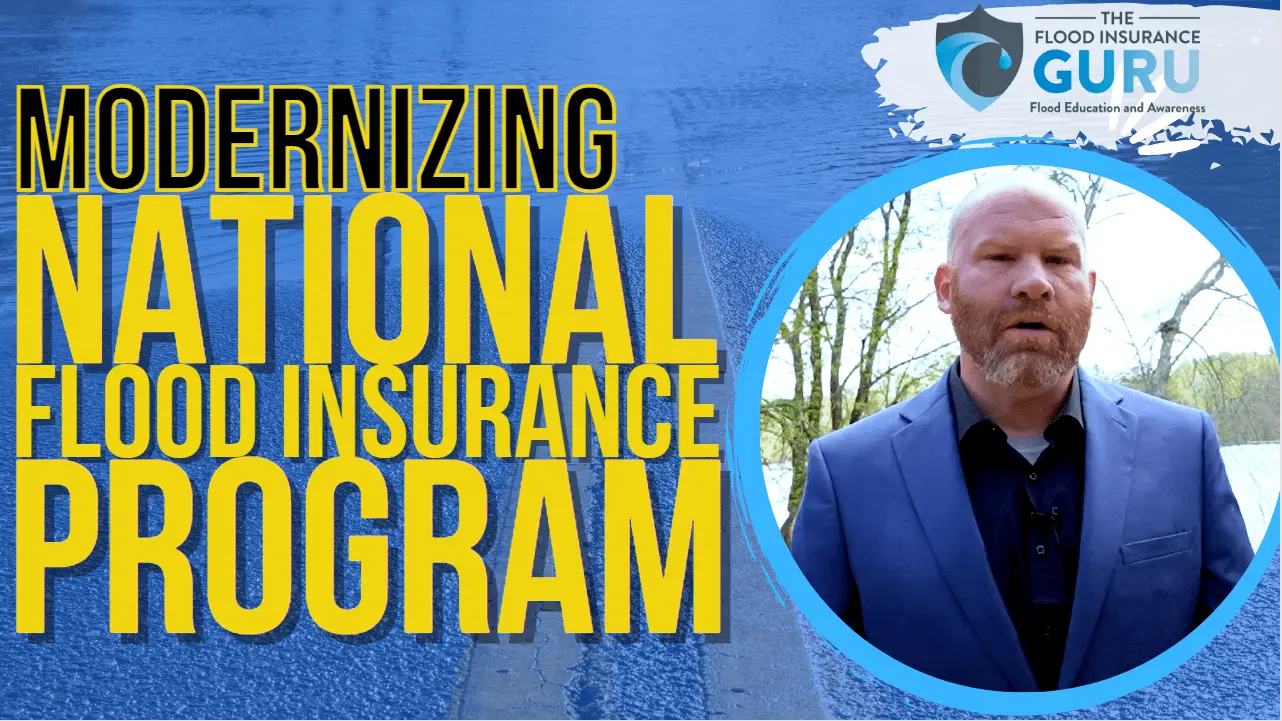
Flood insurance rates can hurt the wallet. Wouldn't be nice if your wallet was impacted less? The NFIP is trying to modernize the program to do that.
In this blog we will discuss this problem, the solution that is being offered, and how to put time and money back into your life by simplifying these changes
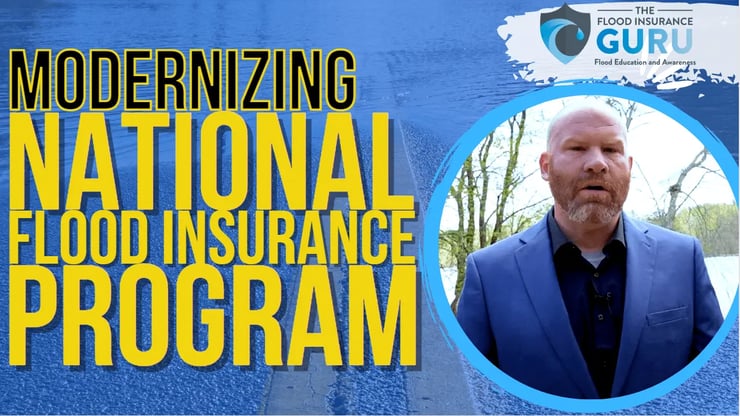
However, even with this update — which was made live for all policyholders on April 4, 2022 —, a new legislative proposal is still at hand. Let's talk about the seventeen (17) proposal reauthorization with the Federal Emergency Management Agency (FEMA) and how it can impact flood insurance.
The NFIP Reform
Congressional leaders outlined in their Legislative Package Reform some of the principles they are planning for the National Flood Insurance Program (NFIP)'s priorities in the long run.
It's important to note that despite the changes with Risk Rating 2.0, there are still a lot of concerns that flooded residents outside of flooding alone. One of the biggest concerns is flood insurance premiums being too high for most policyholders.
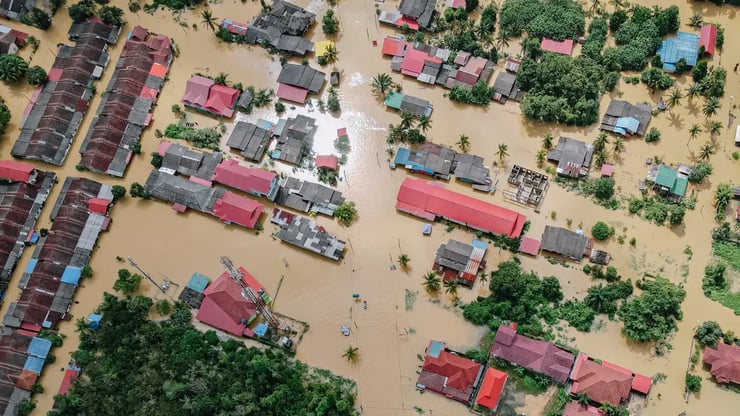
Hence, the NFIP proposal for reform is intended to include the following things which boil down to the following:
- Affordability of flood insurance for low-and-moderate income families
- Risk communication and flood risk mitigation
- Reducing flood risks and addressing repetitive loss properties
- A sound and transparent financial framework
So what do these four entail? Well, look no further as we'll discuss it here.
Financial Framework
First, we need to address the biggest concerns that residents have with federal flood insurance: flood insurance rates.
It's no secret that there are bound to be some increases on your premium rates once that RIsk Rating 2.0 kicks in. We can owe this to the fact that your full flood risk is being taken into account when it comes to your policy.
1. Making NFIP Sustainable
One of the biggest concerns with the Federal Emergency Management Agency (FEMA) and the NFIP is that it's still reeling from the debt it has which increases per year.
The proposal looks to clarify the National Flood Insurance Act of 1968 (NFIA) to support full-risk rates. This way, a sounder financial framework is being established for policyholders.
A full-risk premium rate with flood insurance is the rate that's being charged to a group of policies. Generally, this causes the premium rate of flood policies to be calculated as a group to make it more sufficient to pay any anticipated losses and expenses.
This means that if you're doing a policy that covers multiple buildings, you might find it easier to manage your premium rates as this will follow a full-risk rating method.
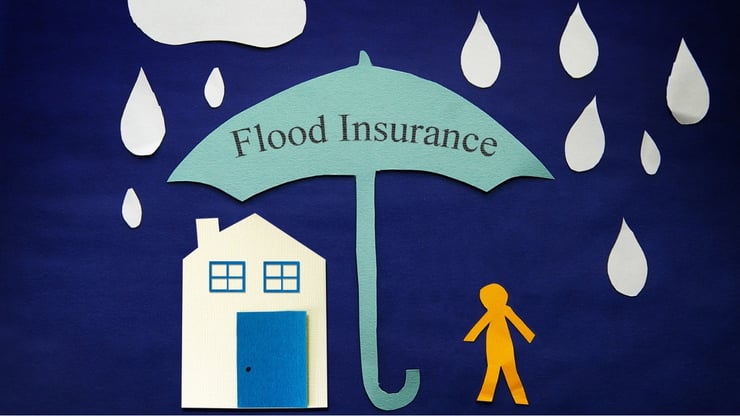
2. Borrowing Authority
Another thing coming up with this proposal is aiming to eliminate interest for future debt and decrease how much the NFIP can borrow. This means that the National Flood Insurance Program (NFIP) is only allowed two-thirds of total premiums in force.
It's important to note that this has a direct impact on the availability and affordability of flood insurance with the NFIP.

3. Financial Resilience
The NFIP proposal also looks to provide some form of resiliency and reliability with the federal flood insurance option.
This comes in the form of allowing liquidity in order for you to be able to quickly get your flood insurance claim paid. This also looks to provide that without any problems in the future.

Communicating and Analysing Risks
Another thing — what might be the most important one — that the proposal is looking to reform is how residents get information on their property's flood risk.
Here are the new provisions that this NFIP reform is looking to propose.
4. Risk-Informed NFIP
There are two things that this item covers: flood maps and information on flood risk.
FEMA is looking to simplify and provide clarity on how flood insurance rate maps really impact federal flood insurance. So, instead of simply saying that your house is in a flood zone, this reform aims to provide an understanding of where flood insurance is required.
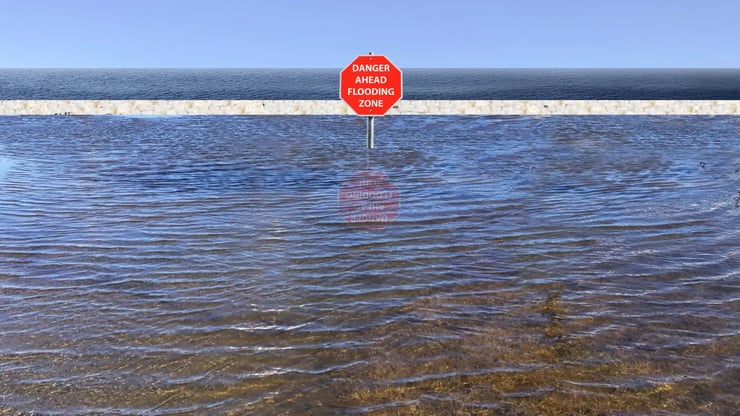
This is really important considering how Risk Rating 2.0 is moving flood zones as a regulatory basis for flood insurance and not premium rates.
Now, when it comes to risk information, the proposal aims to enhance flood insurance products that help understand what flood risks really are and, rates-wise, how they impact flood insurance quotes and policies.
5. Flood Risk Disclosure
Another concern that this NFIP reform is looking to change is how flood risk is being shared with property owners.
Generally, the property's flood risk is either made known to the buyer after the real estate transaction or during the sale. This also applies to renters and not just property owners. Hence, the proposal looks to require full disclosure for participating communities on what risks the houses are facing when it comes to flood risk.
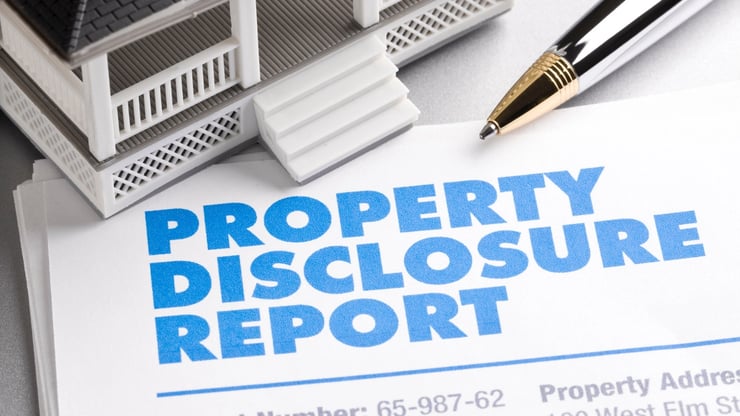
For floodplain management of participating NFIP communities, this means that there must be at least a minimum flood-risk report sent to the seller and lessors before they even close the deal.
Simply, this means that you will get to see firsthand the flood risk you are facing.
6. Replacement Cost Value & Premium Rates
For this one, the proposal is more concerned with how premium rates are being calculated. This reform looks to use the replacement cost value (RCV) or the value of the property in determining the flood insurance rates.
Generally, this looks to help you get a sign and understand the true risk for flooding that your property is facing. This proposal somewhat echoes what Risk Rating 2.0 aims to do which is to accurately provide flood risk.
7. Coastal Zones and Inland Areas
Another thing that we're seeing with this proposal is how coastal zones and areas are being separated from inland locations.
We have seen how flood zones are being overhauled to also address the flood risks for coastal areas such as the Coastal AE zones. This is being done in order to get a better understanding and rating for the two different areas.
Improving Resilience
8. Multi-Year Reauthorization
One thing that most people might not know about the National Flood Insurance Program (NFIP) is that its original authorization expired in September of 2017. You might be wondering by now, how were they able to provide flood insurance in the past few years?
This is because the NFIP is clinging to short-term extensions. However, the proposal is looking to extend the reauthorization up to September 30th, 2031.
Getting authorization means that FEMA and the NFIP will be able to provide flood insurance for residents across the country until the next 9 years. This also means that they get to sell and service flood policies even during a lapse of appropriations.

9. Means-Tested Assistance
Now, this is one of the biggest things coming out of this NFIP reform program is how low-to-moderate incomes are being considered when rating properties.
What does this mean? Flood insurance policies will be easier to manage because of the graduated discount benefit for both current and potential residential properties that will purchase flood insurance from these areas.

You might be wondering what's being considered low-to-income households. According to the proposal, these households are those that fall at or below 120% of the Area Median Income.
At the time of writing, the initial estimate of median household income is around $76,000 in a report from April 2022. Now, it's important to note that this consideration depends on where you are.
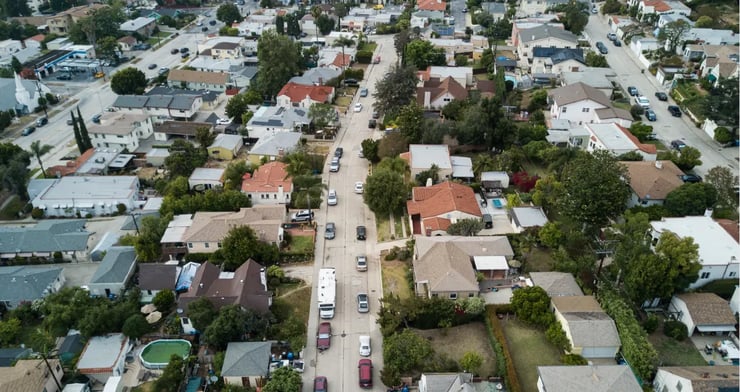
10. Excessive Loss Properties
A new form of loss properties is being added with this proposal termed "Excessive Loss Properties" or simply XLP. A property is going to be listed as XLP if four or more flood claims and their respective payments of at least $10,000 were made in the life of the property.
Due to this indication of constant flood loss on the property, FEMA will have the discretion to not provide flood insurance. This means that if your house is listed as XLP — due to more than 4 instances of incurring flood damage — you won't be able to go through federal flood insurance for your policy.
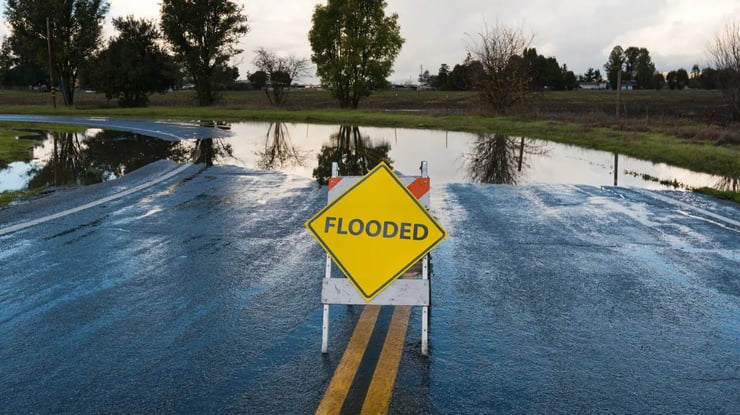
It's important to note that an update to repetitive loss (RL) and severe repetitive loss (SRL) definitions are also in place with the existence of the XLP. A property will be considered a repetitive loss (RL) if it incurred two or more separate claims payments of any amount that goes beyond the loss-deductible in your flood policy.
On the other hand, a property will be listed as severe repetitive loss (SRL) if it incurred flood damage and receive a claim payment for four times or more. The claim must be $5,000 with a total amount of $20,000.
How To Get Out of Repetitive Loss
It's important to note that it's not the end of the road if you were to get listed as an RL, SRL, or XPL, you can still have your property removed from that list and avoid increased rates and/or unavailability of NFIP insurance.
The only way to do this is to have your property follow and comply with flood mitigation standards set by your state's floodplain ordinances.

11. Compliance & Mitigation Coverage
Another good thing coming from this proposal is that following and complying with flood mitigation standards will allow policyholders to get higher coverage limits.
It's important to note that the NFIP still follows the $250,000 limit for residential policies and the $500,000 limit for commercial policies when it comes to building coverage. This also includes the $100,000 content coverage limit.
This is being proposed to change depending on how much mitigation you have on your insured property. Simply, the more mitigation you have against flood, the higher coverage limits will be offered for your flood insurance.

12. Effectiveness of Mandatory Flood Insurance
Flood insurance with the NFIP would automatically be required for properties that are in the high-risk zone. It has been this way from the Legacy Program up to the current Risk Rating 2.0.
However, the proposal looks to study if the NFIP's requirement when it comes to mandatory flood insurance meets Congress' goal to increase the number of residents, both renters and property owners, covered by flood insurance in low-income areas.

13. New Construction Properties
An important proposal that the NFIP reform includes is that there might not be a federal flood insurance option for properties that are new construction or under construction in high-risk areas like Flood Zone AE. This proposal is also applicable to commercial properties.
This aims to promote the private flood insurance market which is constantly growing. The NFIP will be looking to increase the competition for flood insurance companies on the private side to provide coverage for these highest-risk areas and commercial properties.

14. Increasing Coverage Limits
Considering the increased housing prices in the country, the endorsement is also looking to increase the limits on flood insurance coverage provided by the NFIP.
This means that we might not be seeing a $250,000 and $100,000 limit in building and content coverage respectively. The proposal mentions that this is due to property owners being underinsured in the event of a total loss. We will have to wait and see what this coverage increase will offer for NFIP policyholders.
Technical and Operational
Lastly, there are some technical and operational changes coming from this proposal as well. This involves filing a suit, reporting complexities, and removing barriers to switching to private flood.
15. Period to File Suit
Now, it's possible that there might be an instance where your flood claim with the NFIP will not go through. Although this is the worst-case scenario, it's still good to know the clarifications being made when you file a suit.
The proposal states that you must exhaust the administrative appeals process before starting a lawsuit. This also means that you only have no later than 90 days from the appeal decision date to file a suit if any.

16. Reducing Reporting Complexities
The NFIP is also expected to get a reduced number of reports to file for congress. The proposal is looking to change the 15 reports in a span of two years will be brought down into 4 reports only while making sure that the information being provided is still timely and sufficient.

17. Removing Barriers for Private Flood Insurance
Although this proposal is offering the thirteenth item in somewhat favor of private flood, they are also balancing this with this removal of barrier when switching to private flood.
What does this mean? The proposal says that policyholders who have a lapse of NFIP coverage, generally due to switching to private flood, won't have the premium discounts they have with the NFIP.
This means that if you ever switch to private flood and eventually switch back to the NFIP, you might be seeing a very different increase because they won't allow you to retain the discounts on premium rates you once had.

As we mentioned, there are a lot of changes coming to federal flood insurance, but will these proposals be better for policyholders and give you a competitive option with FEMA and the NFIP? For now, only time can tell.
Ready to solve your flood insurance problems? Here are the steps you can take:
- Fill out this form by clicking here.
- Talk with our flood education specialist.
- Get back to the important things in your life.
We want to help simplify flood insurance for you so that you can find more time in enjoying life's beauty.
Topics:


